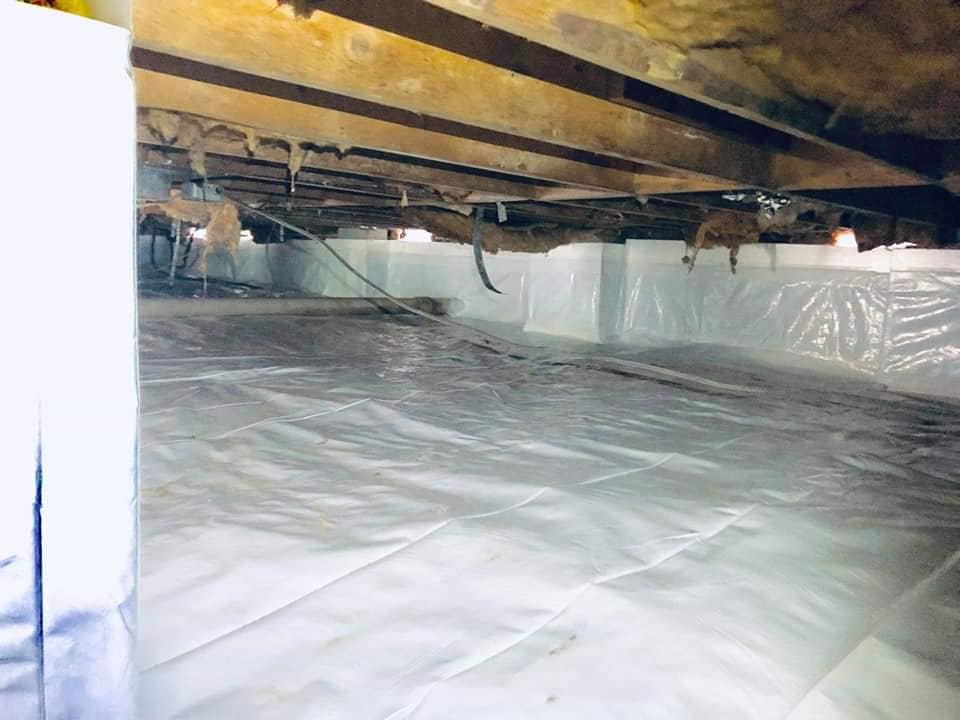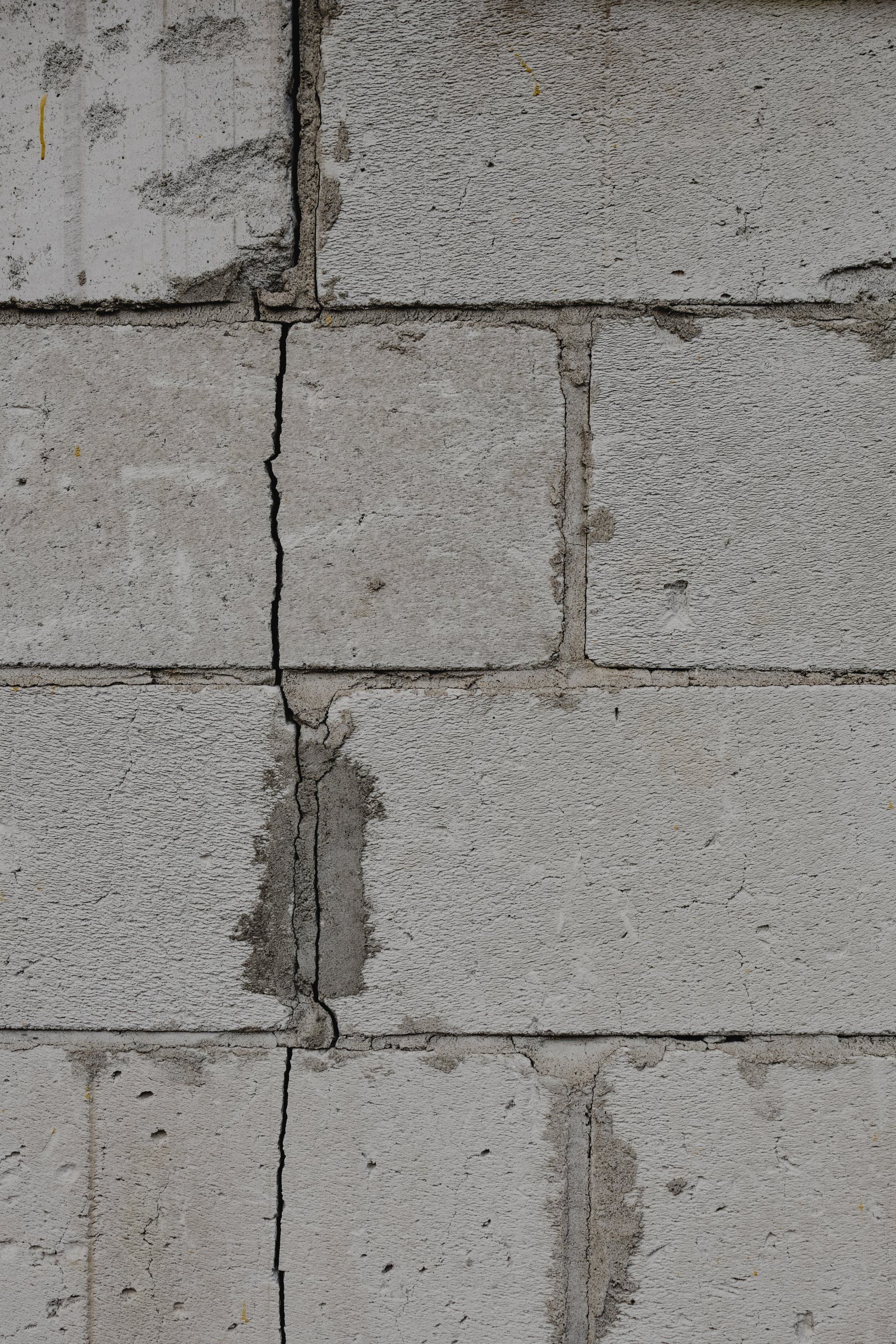Navigating Water in the Basement: Causes, Solutions, and Expert Help
"From Detection to Protection: A Complete Guide to Resolving Basement Water Issues"
Discovering water in your basement can be a homeowner's nightmare, potentially leading to significant damage, mold growth, and costly repairs. Understanding the reasons behind water accumulation and knowing the right steps to take can mitigate these issues. This comprehensive guide explores the various aspects of dealing with water in the basement, from identifying the causes to finding effective solutions and professional help.

Identifying the Source of Water in the Basement
Water in the basement can originate from multiple sources, including ground water seepage, leaks in basement walls, or water pooling on the basement floor after heavy rain. Identifying the source is crucial for determining the best approach to repair and prevent future occurrences.
Ground Water in Basement
One common cause of basement water issues is the presence of ground water, especially in areas with a high water table. Ground water can seep through cracks in the foundation or walls, leading to moisture problems and water accumulation.
Water in Basement Walls
Water seeping through basement walls is another typical issue, often resulting from poor exterior drainage or cracks in the foundation. This can compromise the structural integrity of the walls and create an environment conducive to mold growth.
Water in Basement Floor
Cracks or gaps in the basement floor can also allow water to enter, especially during heavy rains or snow melts when the ground is saturated. This can lead to standing water on the basement floor, damaging flooring materials and stored items.
How to Fix Water in Basement
Addressing water in the basement involves a combination of immediate fixes and long-term solutions to prevent recurrence.
Immediate Fixes
Pumping Out Water: Use a sump pump or wet vacuum to remove standing water.
Sealing Cracks: Apply hydraulic cement or epoxy injections to seal cracks in walls and floors.
Long-Term Solutions
Improving Drainage: Ensure gutters and downspouts direct water away from the foundation. Installing French drains or exterior waterproofing systems can also help.
Sump Pump Installation: A sump pump can effectively remove water that accumulates in the basement, especially in areas prone to ground water issues.
Water in Basement Repair
Professional water in
basement repair services can offer comprehensive solutions, from diagnosing the cause to implementing fixes that protect against future water intrusion.
Water in Basement Who to Call Near Me
Finding a local professional is crucial when dealing with basement water issues. Look for contractors specializing in basement waterproofing or foundation repair. They can provide assessments, suggest appropriate repairs, and implement solutions tailored to your home's specific needs.
Water in Basement What to Do
When you notice water in your basement:
1. Identify the source of the water.
2. Remove any standing water using a pump or wet vacuum.
3. Dry out the area thoroughly with fans and dehumidifiers to prevent mold growth.
4. Contact a professional for a comprehensive assessment and repair plan.
Dealing with Water in Basement
Proactive measures can significantly reduce the risk of water in the basement.
Regular Maintenance: Inspect and maintain your home's exterior drainage systems, sump pump, and foundation to prevent water intrusion.
Landscaping Adjustments: Ensure the ground slopes away from your home to facilitate proper drainage.
Waterproofing: Consider interior or exterior waterproofing treatments for your basement walls and floor.
Water in Basement Help
For those feeling overwhelmed by water in the basement, professional help is available. Many companies specialize in basement waterproofing and repairs, offering services that range from sealing cracks to installing comprehensive drainage systems.
Conclusion
Water in the basement is a common but manageable issue. By understanding the potential causes, taking immediate action to mitigate damage, and implementing long-term solutions, homeowners can protect their property from the detrimental effects of basement water. Whether you tackle the problem yourself or seek professional assistance, addressing water in the basement promptly can save you from future headaches and expenses.



